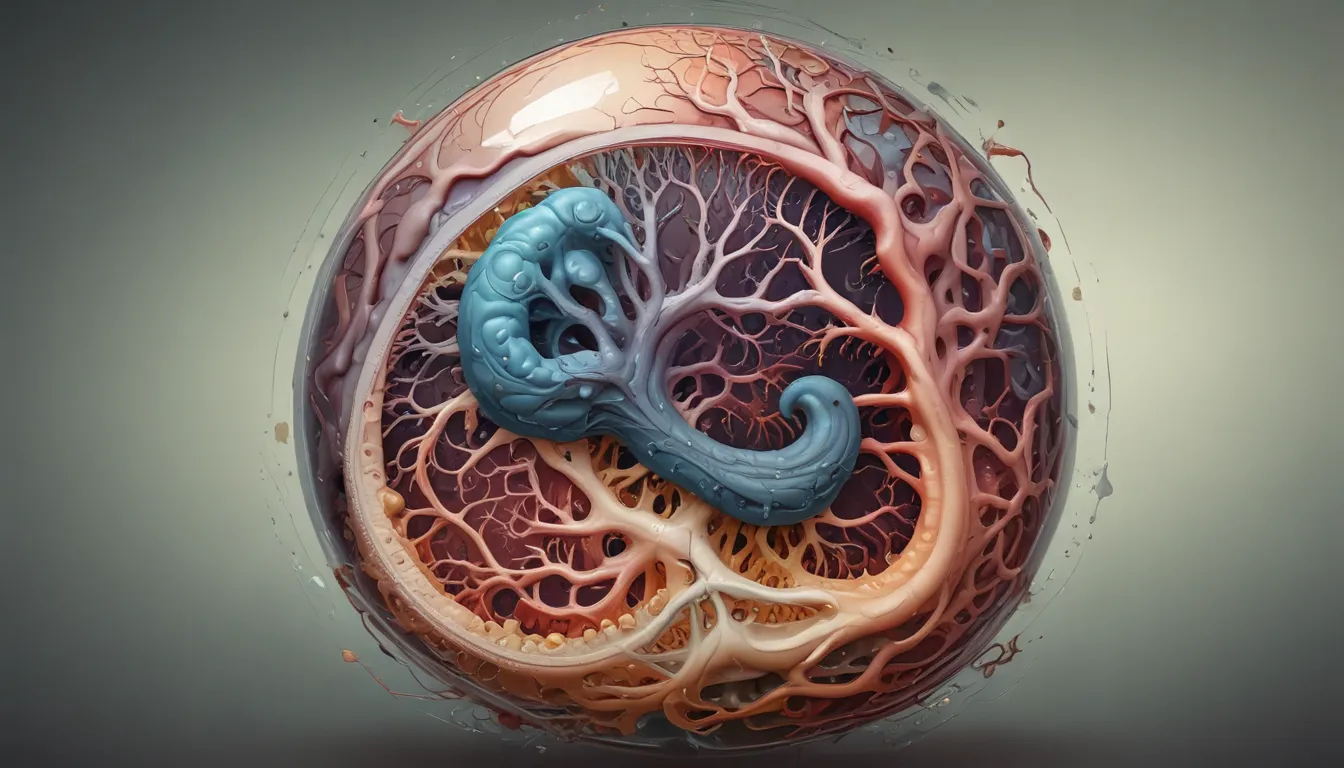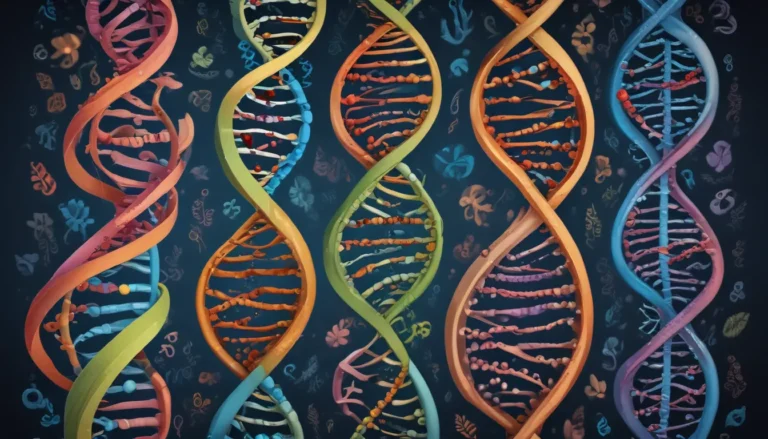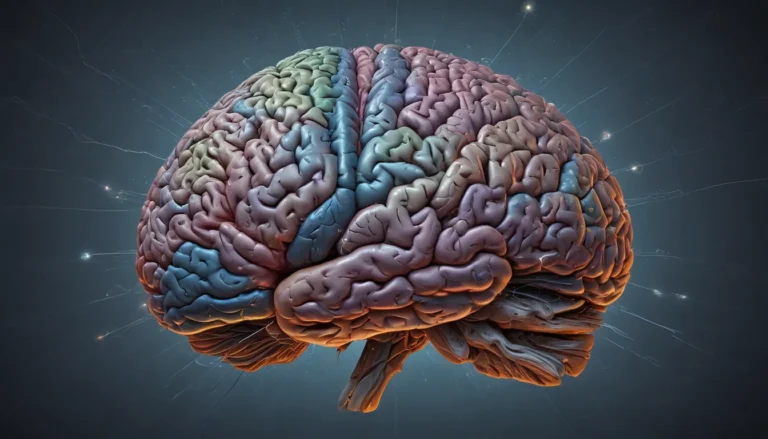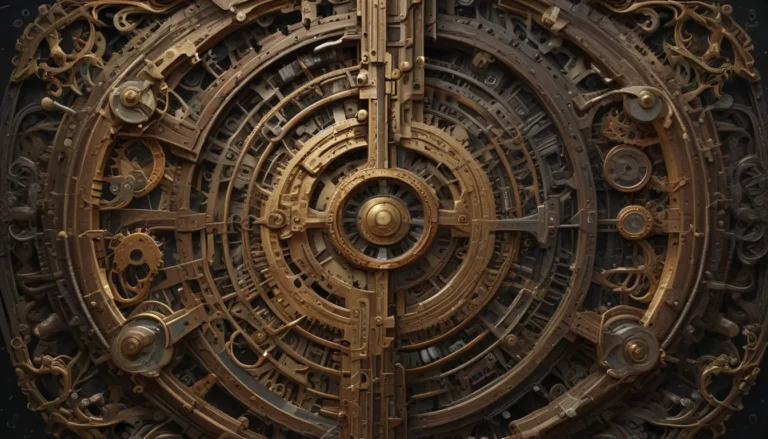A Note About Images: The images used in our articles are for illustration purposes only and may not exactly match the content. They are meant to engage readers, but the text should be relied upon for accurate information.
Embryonic development is a captivating journey that begins with a single cell and culminates in the birth of a fully-formed organism. From the intricate process of cell division to the formation of vital organs, the progression from conception to birth is a marvel of nature. In this article, we will delve into 15 fascinating facts about embryonic development that showcase the magic of life. Prepare to be amazed by the astonishing transformations that occur before a new life enters the world.
The Fascinating Journey from Fertilization to Birth:
- Embryonic development is a captivating voyage that transforms a single cell into a complex organism, encompassing rapid cell division, organ formation, and the emergence of facial features.
- This remarkable process highlights the extraordinary power of life, including the formation of the neural tube, the beating heart, and the miraculous event of childbirth.
The Beginning: Fertilization Initiates the Journey of Life
The journey of life commences when a sperm cell fertilizes an egg cell, leading to the creation of a zygote.
Rapid Cell Division: Cleavage Sets the Stage for Development
Within hours of fertilization, the zygote undergoes rapid cell division through a process known as cleavage.
Implantation: The Embryo Secures Itself in the Uterus
Once the embryo reaches the blastocyst stage, it attaches to the uterine wall, where it receives nourishment and protection.
Critical Step: Neural Tube Formation Shapes the Nervous System
The neural tube forms early in embryonic development and eventually develops into the brain and spinal cord.
Limb Development: The Beginning of Arms and Legs
Limb development commences around week four, signaling the start of the formation of arms and legs.
Beating Heart: The Heart Begins Its Rhythmic Journey
At approximately six weeks, the heart of the developing embryo starts beating, propelling blood throughout the body.
Facial Features: The Emergence of Unique Characteristics
Facial features such as eyes, nose, and mouth begin to take shape during embryonic development, defining individual appearance.
Organ Development: Major Organs Begin to Function
By week eight, essential organs like the liver, kidneys, and lungs start to form and operate to support the growing embryo.
Sex Determination: Chromosomes Dictate the Outcome
The sex of the embryo is determined by the presence or absence of specific chromosomes during embryonic development.
The Placenta: Gateway for Essential Nutrients
The placenta forms during embryonic development, connecting the mother to the embryo and providing vital nutrients and oxygen.
Bone Formation: Cartilage Transforms into the Skeletal Structure
Cartilage evolves into bone, as the skeletal system takes shape during embryonic development.
Nervous System Complexity: Intricate Neural Connections
As the embryo grows, neural connections in the developing nervous system become more intricate, paving the way for future brain development.
Continuous Growth: Cells Multiply and Differentiate
Throughout embryonic development, cells multiply and specialize, crafting tissues and organs with distinct functions.
Responsiveness to Stimuli: Early Sensory Abilities
Even in early stages, the embryo can react to external stimuli like light and sound.
Culmination: Birth Marks the Arrival of a New Life
After approximately nine months, embryonic development concludes with the miraculous event of childbirth, welcoming a new life into the world.
Embryonic development is a testament to the miracles of biology and the intricate processes that shape life. Understanding the complexities of this journey offers profound insights into the nature of life and its origins. By delving into the wonders of embryonic development, we gain a deeper respect for the journey every organism undertakes to exist.
FAQs: Answering Your Questions About Embryonic Development
Q: How long does embryonic development take?
A: The duration of embryonic development varies among species, with humans taking approximately nine months from fertilization to birth.
Q: When does the heart start beating during embryonic development?
A: The heart begins beating as early as the fourth week of development, coinciding with the formation of the cardiovascular system.
Q: What are the major stages of embryonic development?
A: The key stages include fertilization, cleavage, gastrulation, organogenesis, and fetal development.
Q: Why is the placenta crucial during embryonic development?
A: The placenta serves as a vital link between the developing embryo and the mother, facilitating oxygen and nutrient exchange.
Q: Are all organs fully formed by the end of embryonic development?
A: While many organs begin to form during this phase, they continue to mature during fetal development.
Embryonic development is a mesmerizing process, but the wonders of life extend beyond it. Explore the captivating domain of epigenetic reprogramming, witness the symphony of organogenesis, and uncover the influence of teratogens on development. Journey further into the realm of developmental biology and discover more astonishing facts about life’s origins.
In conclusion, embryonic development is a captivating and intricate process that shapes all living organisms. From the initial spark of fertilization to the emergence of complex organ systems, this journey showcases the marvel of life itself. By unraveling 15 surprising facts about embryonic development, we shed light on the remarkable transformations that occur during this critical phase. Understanding this process not only enriches our knowledge of biology but also opens pathways to further medical research. The study of embryology continues to unravel life’s mysteries, holding the promise of revolutionizing healthcare and advancing human understanding.
Our commitment to delivering trustworthy, engaging content lies at the core of what we do. Each fact shared on our platform is contributed by real users, ensuring a diverse array of insights and information. Our dedicated editors meticulously review each submission, guaranteeing the highest standards of accuracy and reliability. Trust in our dedication to quality and authenticity as you explore and learn with us.






